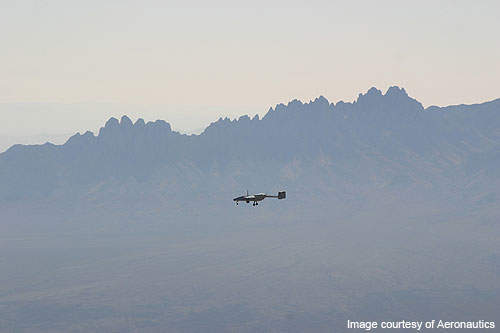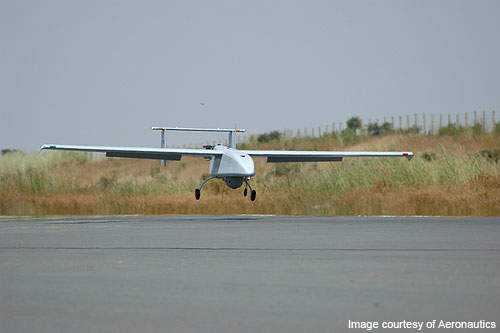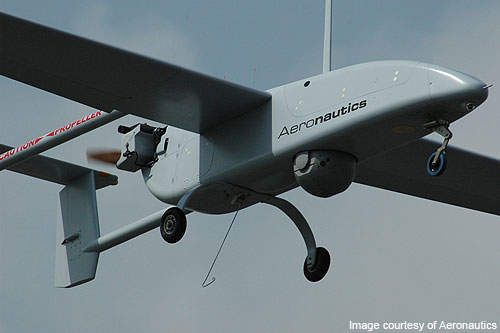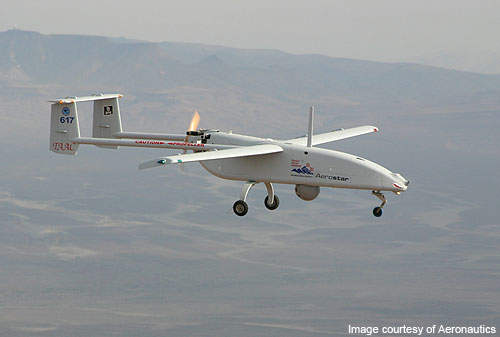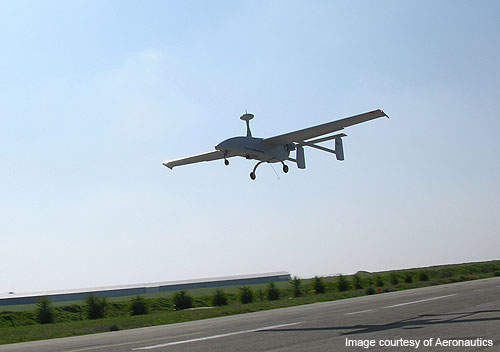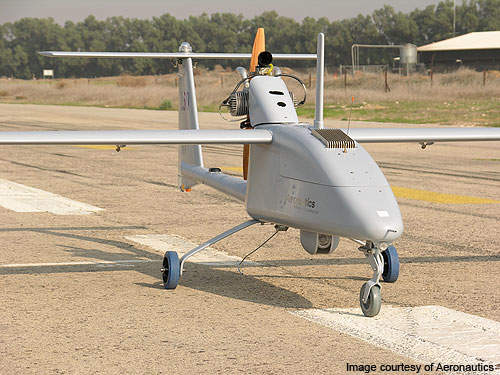Aerostar is a tactical unmanned aerial vehicle (TUAV) designed and built by Aeronautics Defence Systems for the Israel Defence Force (IDF) to execute intelligence, surveillance, target acquisition and reconnaissance operations. The medium altitude, long endurance vehicle can capture real time intelligence data over a large area and transfer it to a ground control station (GCS) through a satellite communication data link.
The aircraft entered service in 2000. It was deployed by the Israeli police forces to identify and arrest traffic offenders and criminals and to search for missing persons.
An Aerostar acquired by the New Mexico State University successfully participated in the USAF Exercise Angel Thunder 2007 held between 11 and 18 July 2007 at the Playas Training and Research Centre (PTRC).
Aerostar UAV orders and deliveries
General Dynamics Ordnance ordered an Aerostar system in 2005 for deployment at Las Cruces under the NMSU UAV Technology Analysis and Application Centre (TAAC).
A $30m order was placed by the Commonwealth of Independent States (CIS) in January 2008 for four Aerostar systems. Each system comprises a package that includes four UAVs, payloads, ground control stations, data links, training, support and maintenance.
In March 2009, the Dutch Ministry of Defence awarded a $51m contract to Aeronautics for supplying Aerostar to the Royal Netherlands Army for deployment with the International Security Assistance Force (ISAF) in Uruzgan province.
The Polish Forces awarded a $30m contract in March 2010 for two Aerostar systems, each comprising four UAVs, a ground control station, and an automatic take-off and landing payload. The first Aerostar was deployed in Afghanistan in 2010 while the second is being used for training purposes.
Aerostar tactical UAV design
The Aerostar has been designed to suit both civil and military operations. The UAV can also execute artillery fire adjustment, target designation, battlefield and border control operations.
It can operate both day and night even in difficult weather conditions. Flexible control architecture and a large payload bay allow it to accommodate multiple payloads simultaneously.
It can be easily transported by ground vehicles, helicopters and maritime vessels.
Features
The Aerostar features a robust airframe, an automatic identification system, a ship identification system, VHF radios, a hands-on throttle and stick control system, and vertical stabilisers. It is also equipped with a UMAS digital flight control system, directional antennae and a multi-channel data link system built by Commtact.
An electro-optic camera is equipped in the middle of the fuselage to capture battlefield imagery. The remote payload control system (RPCS) unit receives commands and controls the aircraft throughout its operation.
Sensors
The Aerostar is fitted with electro-optic (EO) and infra-red sensors. The EO sensor converts light rays into electronic signals to capture real time imagery.
Radars
The UAV is further equipped with a synthetic aperture radar (SAR), signal intelligence (SIGINT) and communication intelligence (COMINT).
Engines
The Aerostar is powered by a single Zanzottera 498i two-stroke boxer engine which can produce 28kW of output power. The engine is equipped with an electronic fuel injection to correct altitude and temperature fluctuations thereby allowing it to run at maximum power for long durations.
Ground control station (GCS)
The ground control station is also designed and manufactured by Aeronautics Defence Systems.
Processing, retrieving, storing and monitoring of the real time data are carried out at the GCS. Communications with the UAV are enabled through a line of sight data link with a range of up to 200km.
Three crew members – a pilot, mission commander and payload commander – are required to control the aircraft from the GCS.
The GCS is fitted with three computers, two for the pilot and payload commander and one as a back up. A video monitor and a recorder are provided for displaying the data captured by the TUAV. A UHF radio is provided for air traffic control communications.
Performance
The Aerostar can climb at a rate of 304m/min. The maximum and cruise speeds of the UAV are 203km/h and 114km/h respectively. The stall speed is 90km/h and the range is 200km. The UAV can loiter in air for a maximum of 12 hours.

